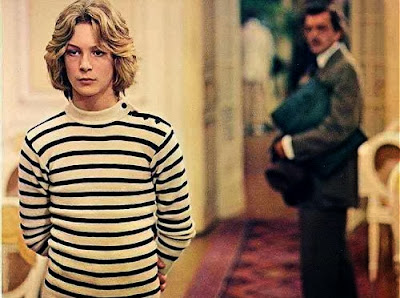New technology meets new music
 Prompted by my recent Theremin and variations article a regular 'pathfinder' in Europe has sent me a link to a wonderful article on Edgard Varèse and Léon Theremin. Varèse is seen here together getting to grips with the new technology. The article is in French, but it is a fascinating document well worth translating with Babel Fish.
Prompted by my recent Theremin and variations article a regular 'pathfinder' in Europe has sent me a link to a wonderful article on Edgard Varèse and Léon Theremin. Varèse is seen here together getting to grips with the new technology. The article is in French, but it is a fascinating document well worth translating with Babel Fish. Now read about contemporary composers and the theremin.
Any copyrighted material on these pages is included as "fair use", for the purpose of study, review or critical analysis only, and will be removed at the request of copyright owner(s). Report broken links, missing images and other errors to - overgrownpath at hotmail dot co dot uk









Comments
You are of course right - my error entirely.
I've now amended the post.
It is now 11.20pm in Norfolk and we've just returned from a concert. The sky is completely clear of cloud, and we have probably the best view we've ever had of a lunar eclipse.
And an awful lot of people are arriving On An Overgrown Path via Google searches for 'lunar eclipse'. I hope they enjoy the theremin story, and return for more.
Theremin and variations on the moon
There's no lunar eclipse in this entry.
Oops. I guess now there is.
By the way, I'm still not sure that the guy sitting with Varese is James Seawright. Jim is known now more for his kinetic sculpture.
It was 50 years ago, but it doesn't look like him, so it could have been some smartly dressed Phillips engineer. I've seen that photo so many times, but I always assumed it was Jim, whom I met in the mid 60's when I lived in NYC and made some visits to the Columbia-Princeton studio. I'll probably research it further until I've satisfied my curiosity.